Adolf Fischer-Gurig Paintings
Adolf Fischer-Gurig was a German landscape painter born on October 11, 1885, in Kamenz, Germany. He is primarily known for his picturesque and evocative representations of the Saxon Switzerland landscape, a beautiful region near Dresden that features unique rock formations, forests, and the Elbe River.
Fischer-Gurig studied at the Dresden Academy of Fine Arts under the tutelage of renowned artists such as Oskar Zwintscher and Gotthardt Kuehl. These mentors played a significant role in shaping his artistic skills and approach. Fischer-Gurig was part of a generation of artists influenced by Impressionism, though his work also reflected elements of the earlier Romantic tradition, particularly in his attention to natural detail and the sublime aspects of the landscape.
Throughout his career, Fischer-Gurig exhibited his work in a number of shows and was affiliated with various artist associations. His paintings were well-received, and he gained a reputation for his ability to capture the changing moods of nature. His works often featured the rugged beauty of the Elbe Sandstone Mountains, an area he returned to frequently in his art, conveying its grandeur through different seasons and times of day.
Adolf Fischer-Gurig continued to paint and exhibit his work until his untimely death on January 19, 1933, in Dresden. Although not as widely known today as some of his contemporaries, his contributions to landscape painting are appreciated by art historians and collectors, particularly in the regions where he lived and worked. His paintings can still be found in regional museums and in private collections, and they serve as a testament to his love and connection to the Saxon Switzerland landscape.



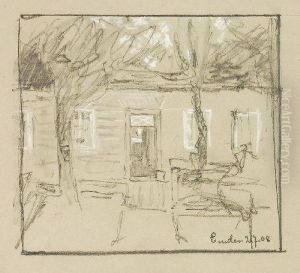



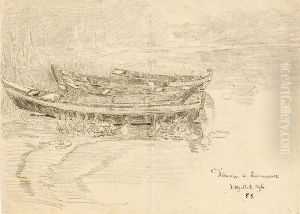



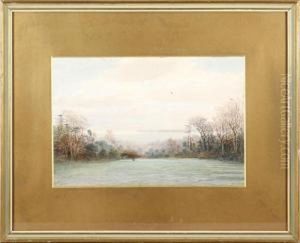


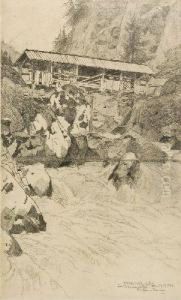

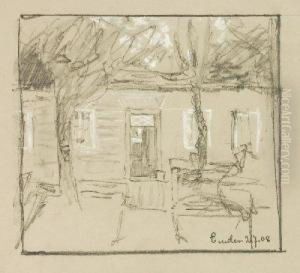



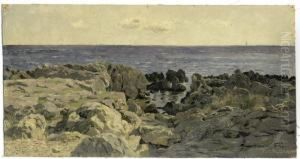



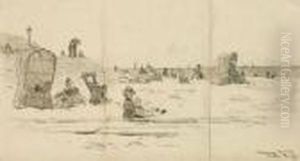




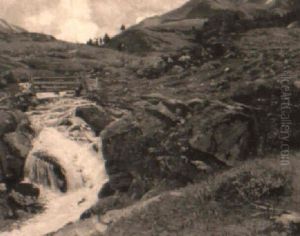







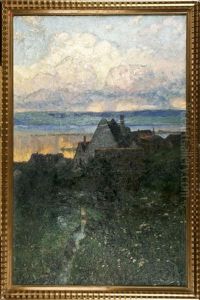

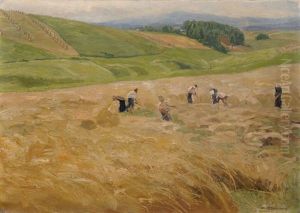

![Winterabend Bei Schellerhau I[m] Erzgeb[irge]](https://www.niceartgallery.com/imgs/3758192/s/adolf-fischergurig-winterabend-bei-schellerhau-im-erzgebirge-2ff9c6a2.jpg)
